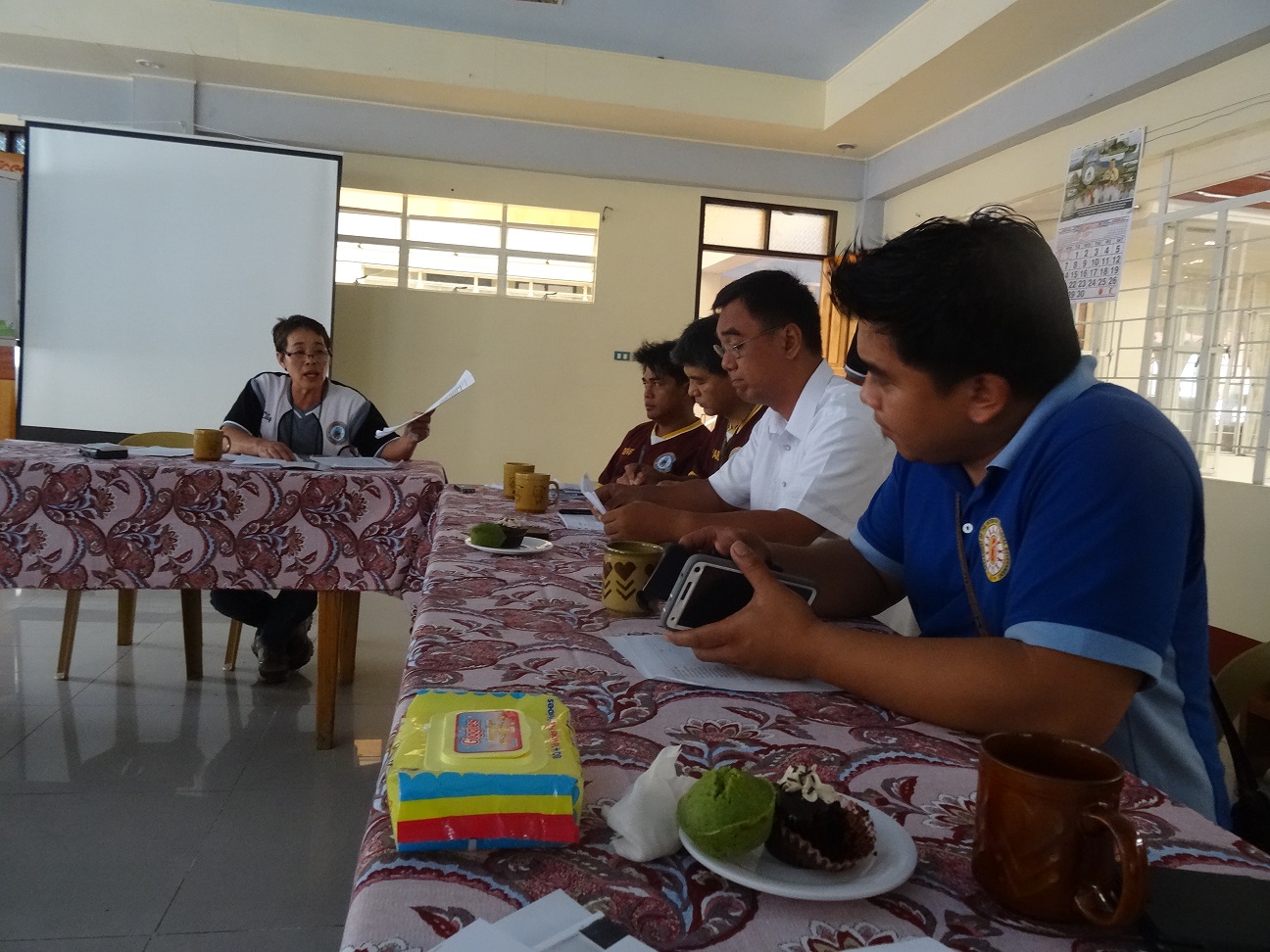“Better roads lead to better lives” – Gov. Mayaen
By Novy del Rosario Afidchao
With all provincial programs integrated in the 2016 AIP, Gov. Mayaen expressed optimism for the realization of its objective to catapult the province to economic development, mainly through the improvement and completion of all road networks in the province.
“The road to improvement is the road itself. The improvement of the roads shall offer bigger opportunities to our people especially to the economic sector. It shall greatly benefit the transport group, our farmers for easier trading of agricultural products and to our eco-tourism industry as well,” he said.
Furthermore, the chief executive also explained that the Provincial Local Government Unit (PLGU) goes for road concreting/ paving than merely gravelling. It is the trend of road improvement that the PLGU has adopted for its long term benefit to the people.
“Graveling may a lot be cheaper but gravels tend to be washed away every time there is a strong rain or typhoon. The Provincial Government shall be able to save more on infrastructure with this trend,” he said. “In five years time, should all political leaders unite and prioritize road improvement, the paved road network of Mountain Province shall have been completed,” he added.
Likewise, Provincial Planning and Development Coordinator Lily Rose T. Kollin and Provincial Engineer Edward B. Likigan presented the PRNDP (Provincial Road Network Development Plan) and the KALSADA (Konkreto at Ayos na Lansangan ang DAan tungo sa Pangkalahatang Kaunlaran).
“These programs provide a framework for a sustainable road development and management to increase local economic activity and improve public access to infrastructure and services for the betterment of the constituents of the province.
This is in line with the policy of the national government to effect continuing reforms in the organizational structure to enhance efficiency and effectiveness,” Mrs. Kollin said.
In his presentation, Engr. Likigan explained that the KALSADA program aims for the institutionalization of Local Roads Management System and Process i.e., planning, budgeting, procurement, implementation, monitoring and evaluation.
“The Provincial Road Network Development Plan of Mountain Province for CY 2016-2018 is geared towards upgrading of 129. 17 kilometers of graveled and 33.17 kilometers of earth roads to full concrete roads,” Likigan added.
Other matters tackled are as follows: the overview of the Provincial Development Physical Framework Plan (PDPFP) and that of the Philippine Rural Development Project-Provincial Commodity Investment Plan (PRDP-PCIP), the presentation of the Mountain Province-Arabica Coffee Enterprise (MP-ACE) and the Bottoms-up Budgeting (BuB).
Mr. Berfre Panyo, Planning Officer IV of PPDO, presented the PLGU’s Enhanced PDPFP during the Provincial Development Council’s meeting on September 15, 2015. Highlight of his presentation was the mainstreaming of the Vulnerability Assessment of the province relative to Disaster Risk and Climate Change. “This is aimed towards well-crafted development plans to address adverse climate change and as a tool for other interventions,” Panyo said.
Also, Mrs. Concepcion Wangdali, Assistant Provincial Planning and Development Coordinator gave updates on the PRDP-Provincial Commodity Investment Plan. In her presentation, Ms. Wangdali said that the PCIP is a strategic plan that rationalizes the interventions within the various segments of the value chain of priority commodities that are of significance to the province and that will contribute to the national goals of the agriculture and fisheries sector.
Meanwhile, Assistant Provincial Agriculturist Mary Jane Tumapang also presented Mountain Province’s Arabica Coffee Enterprise (MP-ACE), its enterprise components, expected buyers and the projected income for farmers should it materialize. Relative to this, Ms. Tumapang plead that the MP-ACE be adopted by the body for the enterprise’s Financial Indicators show positive results on Net Present Value and Return on Investment.
Moreover, NGO Rep Lyn Madalang presented the newest updates on BuB for all municipal Local Chief Executives’ (LCEs) guidance. Ms. Madalang reiterated to the LCEs the basic principles of the Bottom – Up Budgeting (BuB) and putting emphasis on the deepening participation of stakeholders in public spending. “The BuB seeks to amplify the voice of the grassroots in the allocation and management of public funds, as well as to promote a greater sense of understanding and ownership of the budgeting process among the public,” she said..










